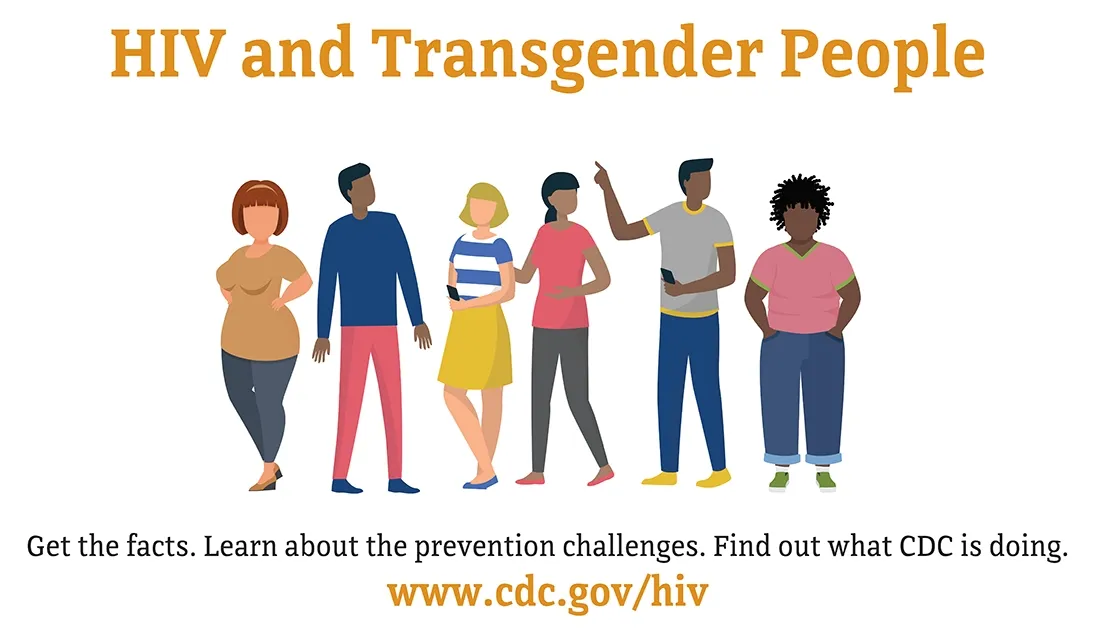
Transgender people find themselves dealing with a variety of health-related challenges in an environment that frequently displays hostility toward those who do not meet conventional gender norms. Examining the potential of community support, focused study, and endurance in reducing health threats is essential. This article examines how social and health interventions can address the particular health challenges and disparities that transgender people face.
The Situation with Transgender Health Care
Republican-led state legislatures are considering legislation to limit access to medical care for transgender adults and students in 2024, according to a Time report. This includes making regulations regarding the pronouns that children may use at school, the sports teams that students may join, and the restrooms. Major health organizations oppose these limitations because they believe that providing children with gender-affirming treatment is safe. In states like Ohio, South Carolina, and New Hampshire, efforts are being made to outlaw gender transition surgeries for adolescents despite criticism. Missouri is actually thinking about permanently outlawing gender-affirming care for minors. There are bills in Oklahoma that aim to ban sex in adult treatment. Governor Mike DeWine of Ohio proposed regulations mandating a care team for both children and adults that may severely limit all patients’ access.
Self-acceptance and Transgender Identification
People who identify as transgender or nonbinary are served by Columbia University Irving Medical Center’s Gender and Sexuality Program, which provides all-inclusive mental health services. People with a gender identity that differs significantly from the gender they were assigned at birth are referred to as trans. Particularly among young people, there has been a sharp rise in the number of people who boldly identify as trans or nonbinary. According to studies, 2 to 3 percent of children, adolescents, and about 5% of young adults in the United States today identify as trans. In the US, it is estimated that 10,000 people undergo gender-affirming surgeries annually, with the vast majority being adults. The majority of patients at the Gender and Sexuality Program have gender dysphoria, are in excruciating mental anguish, and many of them have been bullied, harassed, violent, or discriminated against.
Trans health treatment is still constrained
Following a flood of high-profile bills that became law the past year, Republican-led state legislatures are considering new bills to limit medical care for transgender students and some adults, according to US News. Drugs, hormone therapies, pronouns used in schools, sports teams, restrooms, and educational curricula are all being restricted. Most states that are inclined to enact laws prohibiting gender-affirming care have already done so, and it is now anticipated that they will do so for adults. The unfavorable treatment of transgender children and their parents as a result of these policies is psychologically draining. Despite criticism from significant health organizations, several states have passed bans on gender-affirming child care.
The Unmet Needs of Transgender Patients
An article discussed the difficulties transgender patients are having in getting the appropriate care because there isn’t enough medical education, research, and evidence-based treatment guidelines. Additionally, it draws attention to the discrimination and prejudice that transgender patients experience. The story’s visibility was increased when it was selected as a Longreads pick. For journalists preparing a similar story, it is advised to conduct major studies into transgender issues.
The potential of community support, focused analysis, and resilience does play a crucial role in reducing risks to their well-being, even though the transgender community continues to face various health-related difficulties. To ensure that everyone has access to care, regardless of gender identity, societal and legislative changes are required.



